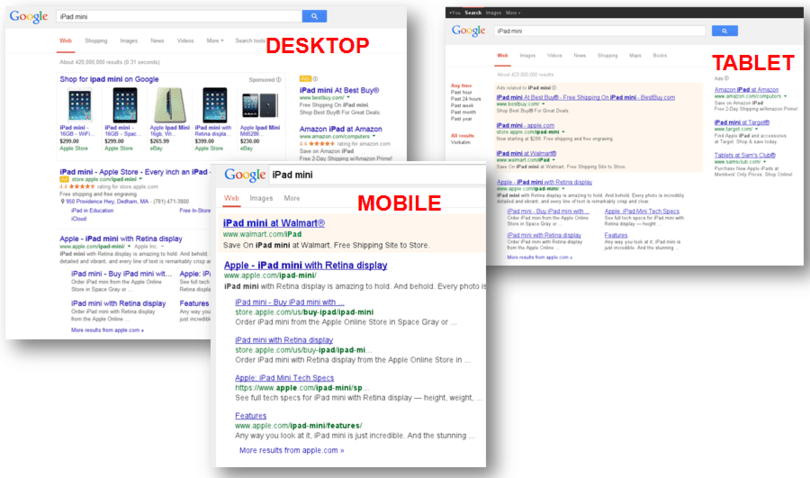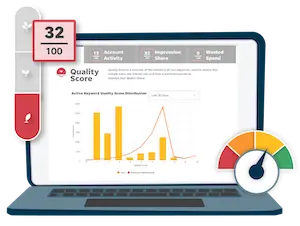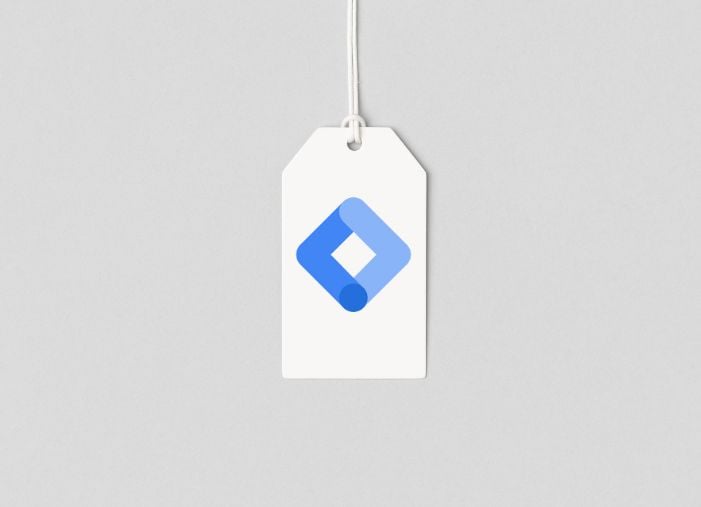As you know, if you’re a customer or a regular reader of the WordStream blog, we’ve recently added call tracking features to our PPC management software. Call tracking is a crucial piece of the puzzle when it comes to accurate measurement of return on ad spend, since many prospects and customers choose to pick up the phone and call your business when they see your PPC ads, rather than visiting your landing page and filling out a form. If you’re not using call tracking software, you won’t know to attribute those leads to your PPC campaigns, and you’ll underestimate your ROI. You also won’t know which keywords and ads are driving calls and which aren’t.
I recently had the opportunity to interview Chen Zhao, an expert on call tracking data and analytics, and ask her some questions about call tracking metrics and measurement. Chen is the Director of Analytics at Marchex Institute, the research and analytics arm of Marchex, and is a veteran of marketing analytics and strategy. Prior to joining Marchex, Zhao worked on the publisher side at Amazon as well as on the client side at Microsoft. While at Amazon, Zhao led the product management team responsible for Targeting and Analytics products for Amazon’s Display Advertising Platform. At Microsoft, Zhao managed end-to-end audience research, analysis and measurement for multi-million dollar global advertising campaigns in the Central Marketing Group. Zhao holds an MBA from the International Institute for Management Development (IMD) in Lausanne, Switzerland and an M.A. in Mathematics from Dartmouth College. She lives in Bellevue with her husband and two sons.
What signals or call metrics can marketers use to infer call quality? What can we measure beyond call duration?
CZ: There are quite a few metrics marketers can use beyond call duration to infer call quality. For example, voice processing technology makes it possible to count the number of conversation switches between the caller and the receiver. The amount of hold-time is also a useful signal. The proportion of time the caller spoke versus the receiver spoke. All these metrics can also interact with each other to collectively indicate call quality.
What makes a bad call? Are there different signals or red flags that indicate a low-quality call?
CZ: As simple as it sounds, a short call with 0 or 1 conversation switches typically would indicate a trivial call. A call with long hold-time but an insignificant amount of speech would be a red flag, especially to indicate a customer service issue, but not necessarily the quality of the lead (i.e. the caller).
How does call length relate to call effectiveness? Do longer calls always convert better? Does it vary by business type?
CZ: Call length is tricky on its own. In most cases, longer calls are better. In certain industry verticals such as cable satellite or telecom services, or home security systems, the calls tend to be long because the products are complex, and there is usually a credit check involved for any conversion. However, in some instances, long calls can also be attributed to product confusion or insufficiently streamlined customer service process, causing drawn-out long calls and customer frustration.
You mentioned that you can measure the number of back-and-forth interactions per call – as in, how often the speaker changes during the exchange. How does that affect quality? Does the length of each speaker’s response matter? For example, do longer answers to questions convert better than shorter answers?
CZ: This is what we call conversation switches. Based on our data, the medium of “good” calls is about 5 or 6 conversation switches. Conversation switches should be looked at in conjunction with call duration, which can be separated into caller duration and receiver duration. Longer speech doesn’t always mean better conversion.
Have you done studies on the intent of calls versus other kinds of leads (such as website visits)? For example, do call-in leads tend to be higher or lower in the purchasing funnel?
CZ: Call-in leads are about as deep into the purchase funnel as a consumer can get. From personal experience, I won’t click-to-call unless I am seriously considering purchasing a product. Our data from the Marchex Call Marketplace confirms this. The average conversion rate we see from prospect calls across our network is 25%!
Are there measurable differences between callers originating from desktop vs. mobile searches?
CZ: Good question. Consumers calling from desktops and mobile phones each display a high likelihood to buy. However, when a consumer is calling from a mobile phone, they are often out of their homes and on the go. So the phone call tends to be a bit more urgent or involve a consumer making a decision on where to go to purchase and needing more information.
Are click-to-call ads less susceptible to click fraud than other ad types?
CZ: It’s easy to fake a click, and so click-to-call ads experience a lot of the same “noise” as a standard click ad. At Marchex, we have developed technology such as Call DNA and custom IVRs that allows us to understand when phone calls are actually two-way conversations. Since we’ve adopted this technology, fraud is way down.
What about the cost of mobile clicks – right now they’re significantly cheaper than desktop clicks. Do you think mobile CPC’s will go up? Surpass desktop? If so, when?
CZ: Mobile clicks aren’t cheaper everywhere. Just ask marketers for verticals such as insurance, education, and many others. Because consumers display such high intent on mobile phones, and the phone displays far fewer ads, it’s only a matter of time before they surpass desktop for nearly every category and it will probably happen sooner than everyone expects.









Comments
Please read our Comment Policy before commenting.